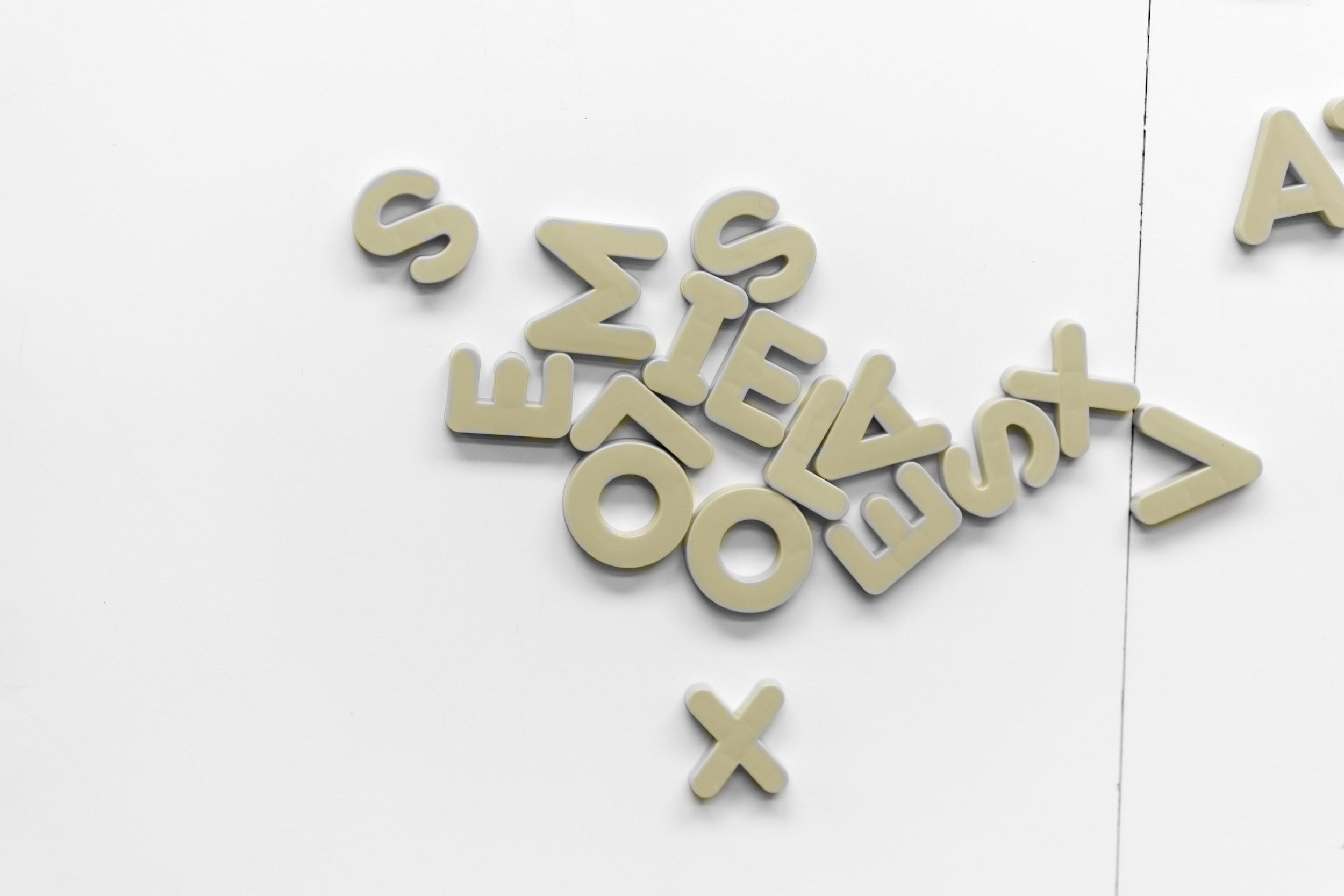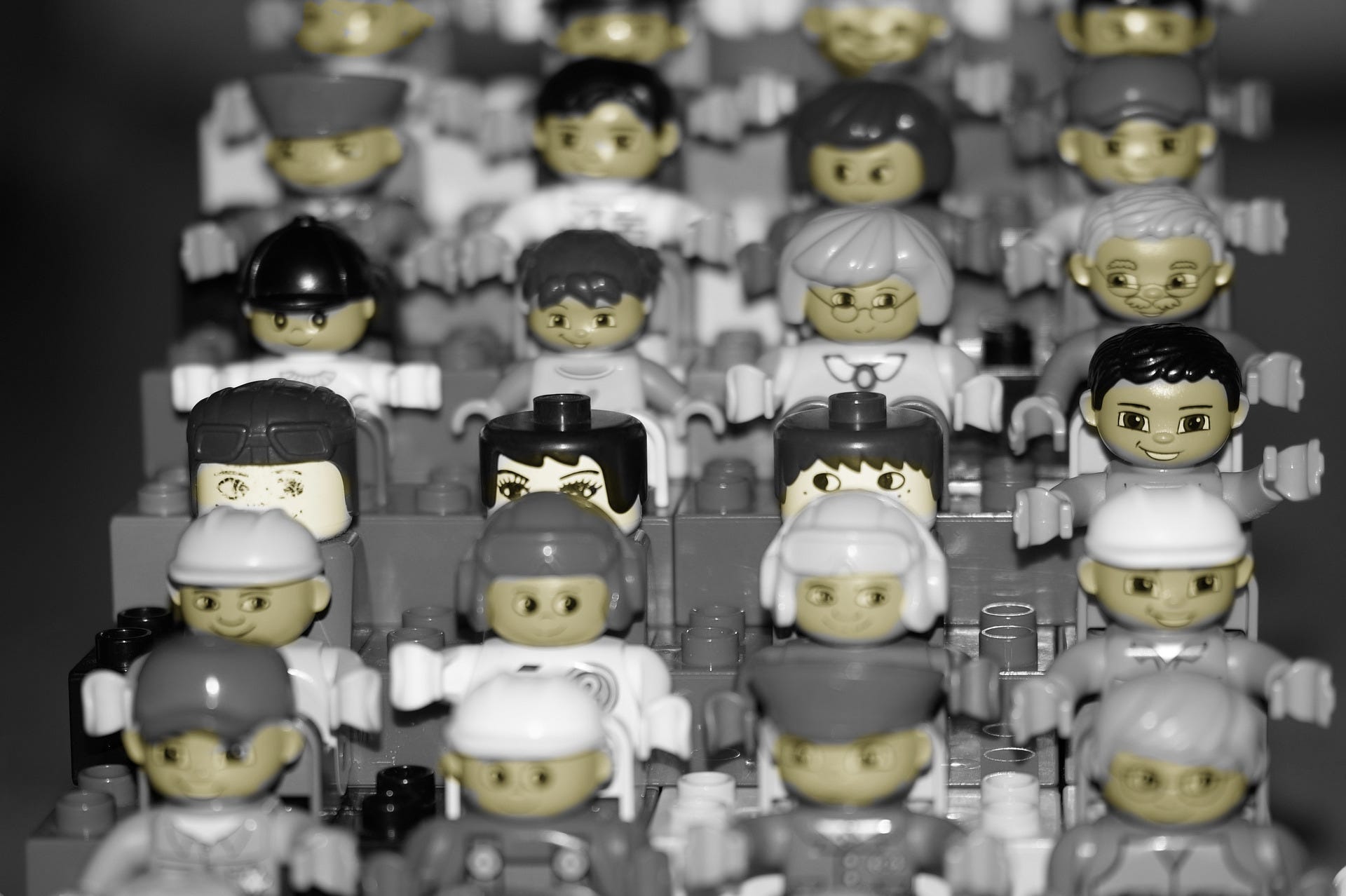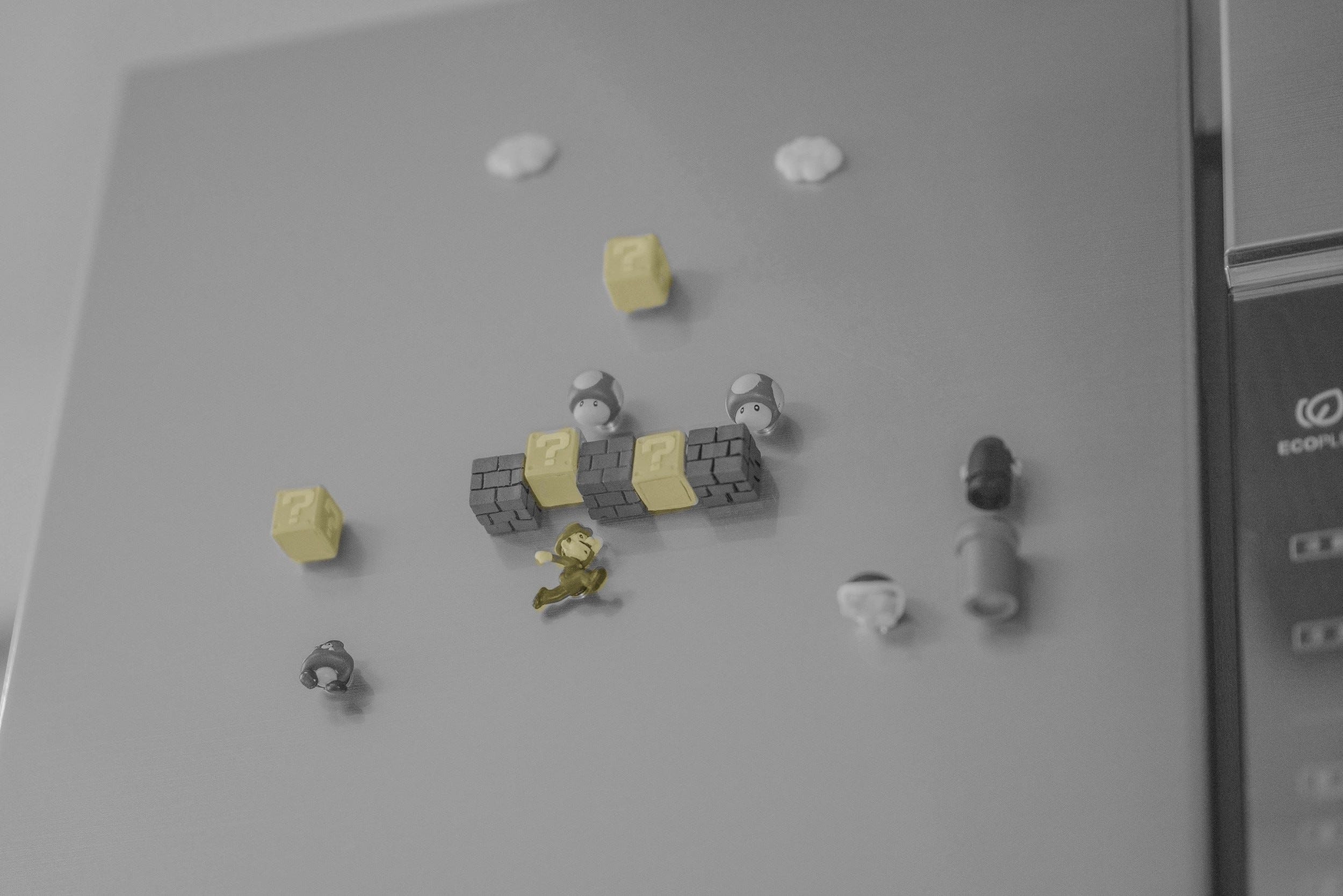Due to the popularity of deep neural networks, many recent hardware platforms have special features that target deep neural network processing. The Intel Knights Mill CPU will feature special vector instructions for deep learning. The Nvidia PASCAL GP100 GPU features 16-b floating-point (FP16) arithmetic support to perform two FP16 operations on a single-precision core for faster deep learning computation.
Blog
Text Recognition in Flutter Using Firebase’s ML Kit
ArticlesIt’s becoming increasingly easy to incorporate machine learning into your mobile app development toolkit, courtesy of platforms and dev tools such as Firebase’s ML Kit.
These tools conceal technical complexities by packaging pre-trained machine learning models for use. They also allow you to train and import your own models.
Continue reading “Text Recognition in Flutter Using Firebase’s ML Kit”
Blink detection on Android using Firebase ML Kit’s Face Detection API
ArticlesThis tutorial is the 10th part in the series, ML Kit for Mobile Developers. If you’re not quite caught up, you can start here:
ML Kit’s Face detection API is one of the APIs that I left out from the ML Kit series (until now), mainly because I couldn’t find a proper use-case of this API.
Continue reading Blink detection on Android using Firebase ML Kit’s Face Detection API
Building a mixed-data neural network in Keras to predict accident locations
ArticlesWhen used in the right situation, neural networks can be an awesome solution to your learning problem. Neural networks allow you to feed in structured data (numerical and categorical data), wait for some magic to happen (note: not actual magic — it’s just maths), and out pops your answer — for example, maybe you’re trying to predict the result of an election from data from news sources. Convolutional neural networks allow you to do something similar but for images — for example, maybe you’re trying to predict whether an image is a hotdog or a not-hotdog.
Continue reading Building a mixed-data neural network in Keras to predict accident locations
Creating Instagram and Facebook AR filters with Spark AR Studio — A beginner’s guide (Part 1)
ArticlesInstagram is one of the leading social media platforms in the world with over a billion monthly users. It’s great for sharing pictures, connecting with friends and family, getting updates about our favorite celebrities, and posting stories using AR camera filters.
Real-Time Face Detection on Android with ML Kit
ArticlesGoogle introduced a new product in the Firebase Suite earlier this year, Firebase’s Machine Learning Kit. ML Kit brings Google’s machine learning expertise to both Android and iOS apps in a powerful way. In this post I will dive into how we can make use of it in order to build a real-time face detector for an Android app.
Continue reading “Real-Time Face Detection on Android with ML Kit”
Creating a side-scroller mobile game with Unreal Engine 4 (Part 5): Creating a Boss Enemy
ArticlesWelcome back to part 5 of our series exploring how to build a side-scroller mobile game with Unreal Engine 4. If you haven’t yet read part 4, I’d recommend reading it here:
In the last part, we integrated our winning and losing mechanisms. Here, we’ll work on creating a boss enemy to make our game a bit more challenging.
Detecting objects in videos and camera feeds using Keras, OpenCV, and ImageAI
ArticlesObject detection is a branch of computer vision, in which visually observable objects that are in images of videos can be detected, localized, and recognized by computers.
An image is a single frame that captures a single-static instance of a naturally occurring event . On the other hand, a video contains many instances of static images displayed in one second, inducing the effect of viewing a naturally occurring event.
Continue reading “Detecting objects in videos and camera feeds using Keras, OpenCV, and ImageAI”
Constructing a 3D Face Mesh from Face Landmarks in Real-Time with TensorFlow.js and Plot.js
ArticlesTensorFlow.js is a very powerful library when it comes to using deep learning models directly in the browser. It includes support for a wide range of functions, covering basic machine learning, deep learning, and even model deployment.
Another important feature of Tensorflow.js is the ability to use existing pre-trained models for quickly building exciting and cool applications.
SwiftUI: Data Driven UI
ArticlesWhen building an app, sometimes we find ourselves creating data just so we can see our UI start to come to life. Whether we’re adding a new feature, making a POC (proof of concept), or starting from scratch, it’s very easy to just put data together for the sake of it.
For instance, we’ve been building a Team Profiles app to learn SwiftUI. And, so far, we’ve managed to make a class for our Profiles, but even with just three instances, our UI code looks bulky. It takes up more space in our code than the actual UI code does in the ContentView!








